 Safaris
Bergsteigen
Wandern
Inselwandern Weltweit
Safaris
Bergsteigen
Wandern
Inselwandern Weltweit
 Europa
Inselwandern
Europa
Inselwandern
 Städtewandern
Städtewandern
 Paintings
Paintings Dirk Rauschenbach
Dirk Rauschenbach
 Safaris
Bergsteigen
Wandern
Inselwandern Weltweit
Safaris
Bergsteigen
Wandern
Inselwandern Weltweit
|
 Europa
Inselwandern
Europa
Inselwandern
|
 Städtewandern
Städtewandern
|
 Paintings
Paintings |
 Dirk Rauschenbach
Dirk Rauschenbach
|
|
back Kaikoura zurück Neuseeland back New Zealand Kaikoura New Zealand Whalewatch Neuseeland Kaikoura Paua
 |
 |
| Kaikoura | Kaikoura Paua Shell Southern Paua Shop |
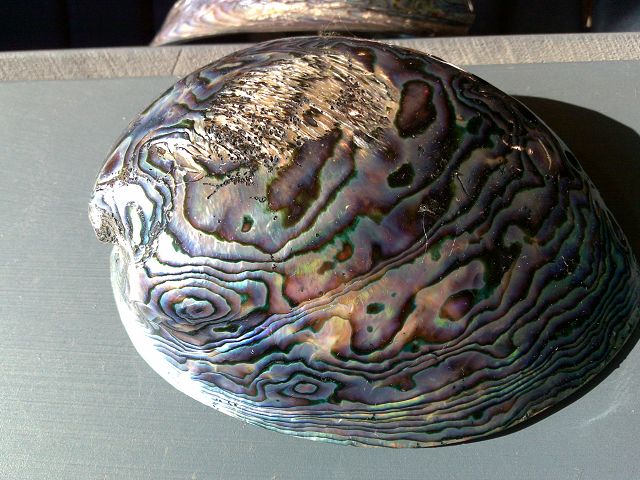 |
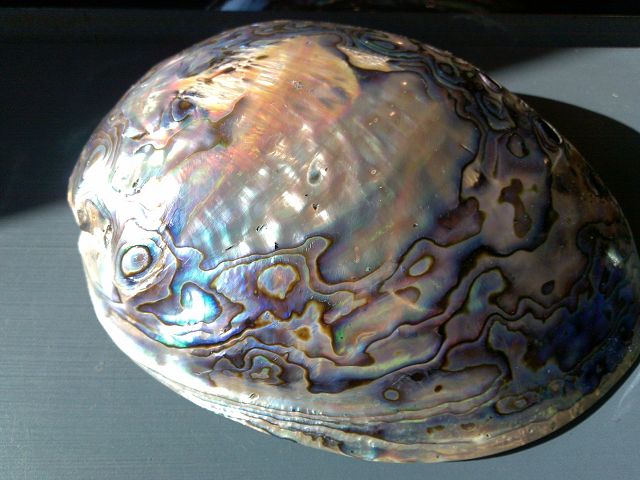 |
| Paua Shell | Paua Shell |
 |
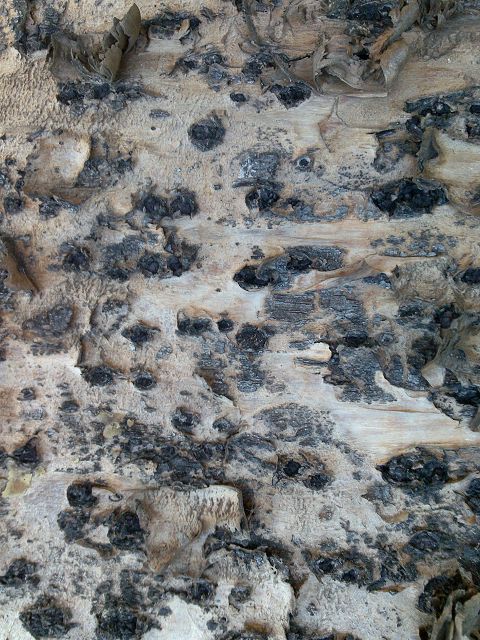 |
| Paua Shell | |
 |
 |
| Kaikoura Beachwalk mit Walknochen gesäumt | Kaikoura Minigolf |
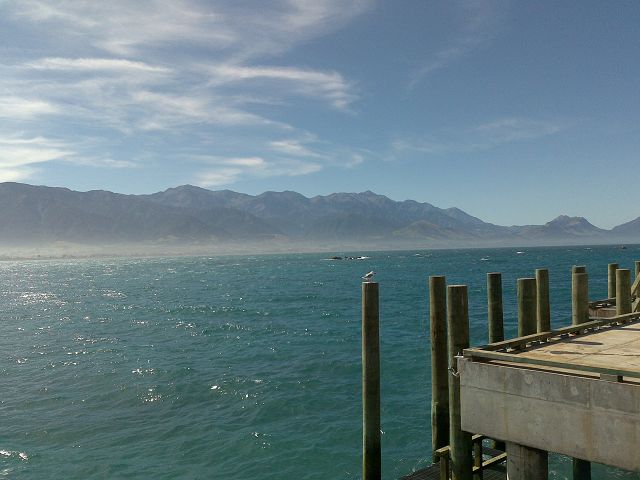 |
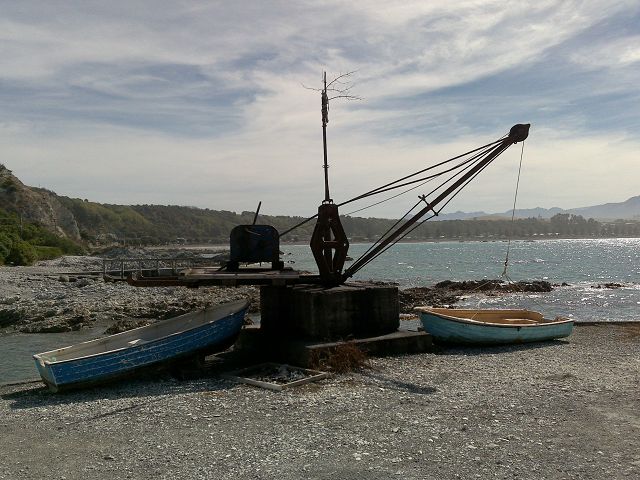 |
| Kaikoura Beachwalk | Kaikoura Beachwalk alter Walhafen |
 |
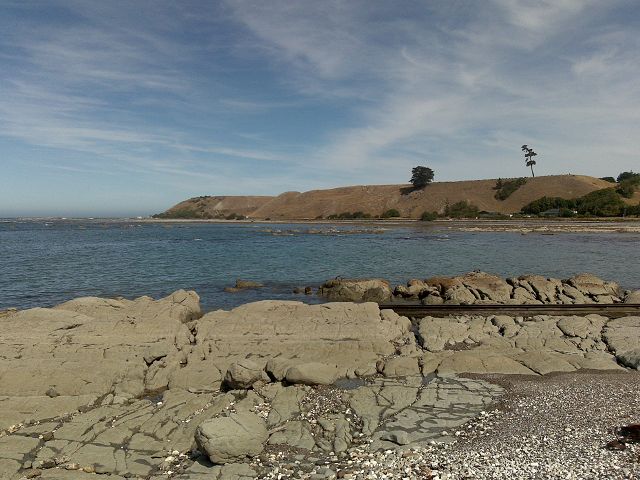 |
 |
 |
|
|
|
|
|
|
|
|
|
| Kaikoura Kaikoura Beachwalk | Kaikoura Kaikoura Beachwalk |
|
|
|
| Kaikoura | Kaikoura |
|
|
|
|
|
|
| Kaikoura Beachwalk | Kaikoura Beachwalk |
|
|
|
| Kaikoura Beachwalk | Kaikoura Beachwalk |
|
Kaikoura Beachwalk
|
Kaikoura Beachwalk
|
| Die Paua-Muschel (ausgesprochen "Pa-wa")
ist eine der bekanntesten und ikonischsten Muscheln Neuseelands. Sie gehört
zur Familie der Seeohren (Haliotidae) und ist vor allem für ihr
schillerndes, farbenfrohes Perlmutt bekannt, das in der Kunst, im
Schmuckdesign und in der Kultur der Māori eine bedeutende Rolle spielt. Die
Paua-Muschel ist nicht nur ein Symbol für die Schönheit der neuseeländischen
Meereswelt, sondern auch ein wichtiger Bestandteil der lokalen Wirtschaft
und Tradition. Merkmale der Paua-Muschel: Aussehen: Die Schale der Paua-Muschel ist oval und hat eine charakteristische, irisierende Innenseite, die in verschiedenen Farben wie Blau, Grün, Lila und Rosa schillert. Die Außenseite der Schale ist rau und oft mit Algen oder anderen Meeresorganismen bewachsen, was ihr eine natürliche Tarnung verleiht. Lebensraum: Paua-Muscheln leben in den felsigen Küstengewässern Neuseelands, insbesondere in der Gezeitenzone und in Tiefen von bis zu 10 Metern. Sie sind an den felsigen Untergrund angepasst und ernähren sich von Algen, die sie mit ihrer Zunge (Radula) von den Felsen abweiden. Arten: In Neuseeland gibt es drei Arten von Paua-Muscheln: Haliotis iris (Schwarze Paua): Die bekannteste und am häufigsten vorkommende Art. Haliotis australis (Gelbe Paua): Eine kleinere Art mit gelblicher Schale. Haliotis virginea (Weiße Paua): Die seltenste und kleinste Art. Bedeutung der Paua-Muschel: Kulturelle Bedeutung für die Māori: Die Paua-Muschel hat einen besonderen Platz in der Kultur der Māori. Ihr schillerndes Perlmutt wird traditionell für die Herstellung von Schmuck, Schnitzereien und Dekorationen verwendet. Die Muschel symbolisiert oft Schutz, Stärke und Verbundenheit mit dem Meer. Wirtschaftliche Bedeutung: Paua ist eine wertvolle Ressource für Neuseeland. Das Fleisch der Muschel wird als Delikatesse geschätzt und ist ein wichtiger Exportartikel. Die Schale wird in der Schmuckherstellung und für kunsthandwerkliche Produkte verwendet. Künstlerische Verwendung: Das farbenfrohe Perlmutt der Paua-Muschel wird häufig in neuseeländischem Kunsthandwerk, Schmuck und Souvenirs verarbeitet. Es ist ein beliebtes Material für die Herstellung von Anhängern, Ohrringen und anderen Accessoires. Schutz und Nachhaltigkeit: Die Paua-Muschel ist eine geschützte Art, und ihre Entnahme unterliegt strengen Vorschriften, um Überfischung zu verhindern. Es gibt festgelegte Fangquoten und Mindestgrößen für die Entnahme von Paua-Muscheln. Die Māori spielen eine wichtige Rolle im nachhaltigen Management dieser Ressource, da sie traditionelle Kenntnisse und Praktiken einbringen. Interessante Fakten über Paua-Muscheln: Die Paua-Muschel kann bis zu 18 cm groß werden und hat eine Lebensdauer von etwa 10 bis 15 Jahren. Die schillernden Farben des Perlmutts entstehen durch die Brechung des Lichts an den mikroskopisch dünnen Schichten der Schale. Paua-Muscheln sind Hermaphroditen: Sie beginnen ihr Leben als Männchen und wechseln später zum Weibchen. Paua in der Küche: Das Fleisch der Paua-Muschel ist eine Delikatesse und wird in der neuseeländischen Küche oft in Gerichten wie Paua Fritters (frittierte Muschelkuchen) oder Paua Chowder (Muschelsuppe) verwendet. Es hat einen einzigartigen, kräftigen Geschmack und eine feste Textur. Fazit: Die Paua-Muschel ist nicht nur ein wunderschönes Naturprodukt, sondern auch ein wichtiger kultureller und wirtschaftlicher Schatz Neuseelands. Ihre schillernden Farben und ihre Verbindung zur Māori-Kultur machen sie zu einem Symbol für die Schönheit und Einzigartigkeit der neuseeländischen Meereswelt. Wenn Sie Neuseeland besuchen, ist Paua-Schmuck oder -Kunsthandwerk ein wunderbares Souvenir, das die Erinnerung an dieses besondere Land wachhält. |
Paua is a common name for the abalone species found in New Zealand, specifically Haliotis iris (the New Zealand paua), known for its strikingly colorful, iridescent shell. The name "paua" is used to refer to the shellfish itself and also the beautiful shells it produces, which are highly prized for their vibrant colors. Key Features of Paua:
How to Cook Paua (for Edible Paua):
Conclusion:Paua is a unique and valuable part of New Zealand’s natural heritage, appreciated not only for its edible meat but also for its stunning, iridescent shell. Its cultural significance, along with its role in New Zealand cuisine and craft, makes paua an iconic species in the country. However, sustainable management practices are crucial for preserving this beautiful shellfish for future generations. Whether you’re admiring its shell or savoring its tender meat, paua is a true New Zealand treasure. |
![]() 26.07.25 Copyright Dirk
Rauschenbach Koelnerstrasse 293 51702 Bergneustadt
Datenschutzerklaerung 02261 9788972 Mail ccooly(
at) web.de
26.07.25 Copyright Dirk
Rauschenbach Koelnerstrasse 293 51702 Bergneustadt
Datenschutzerklaerung 02261 9788972 Mail ccooly(
at) web.de